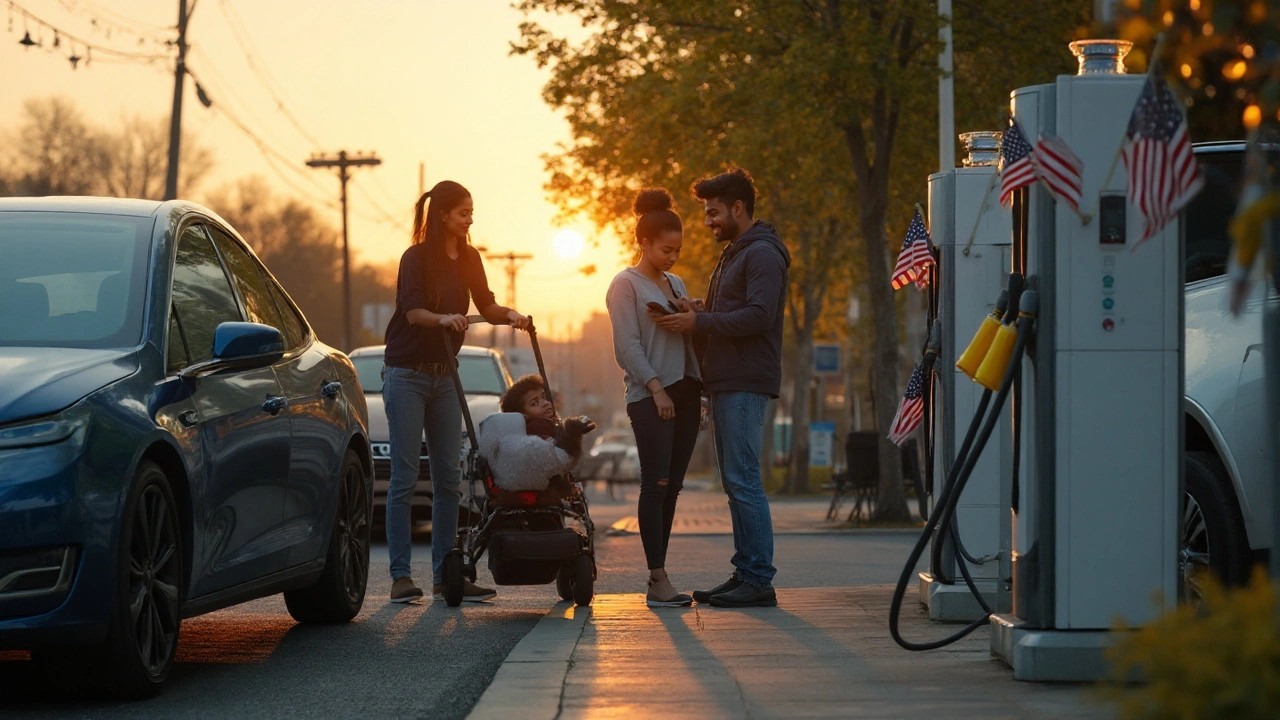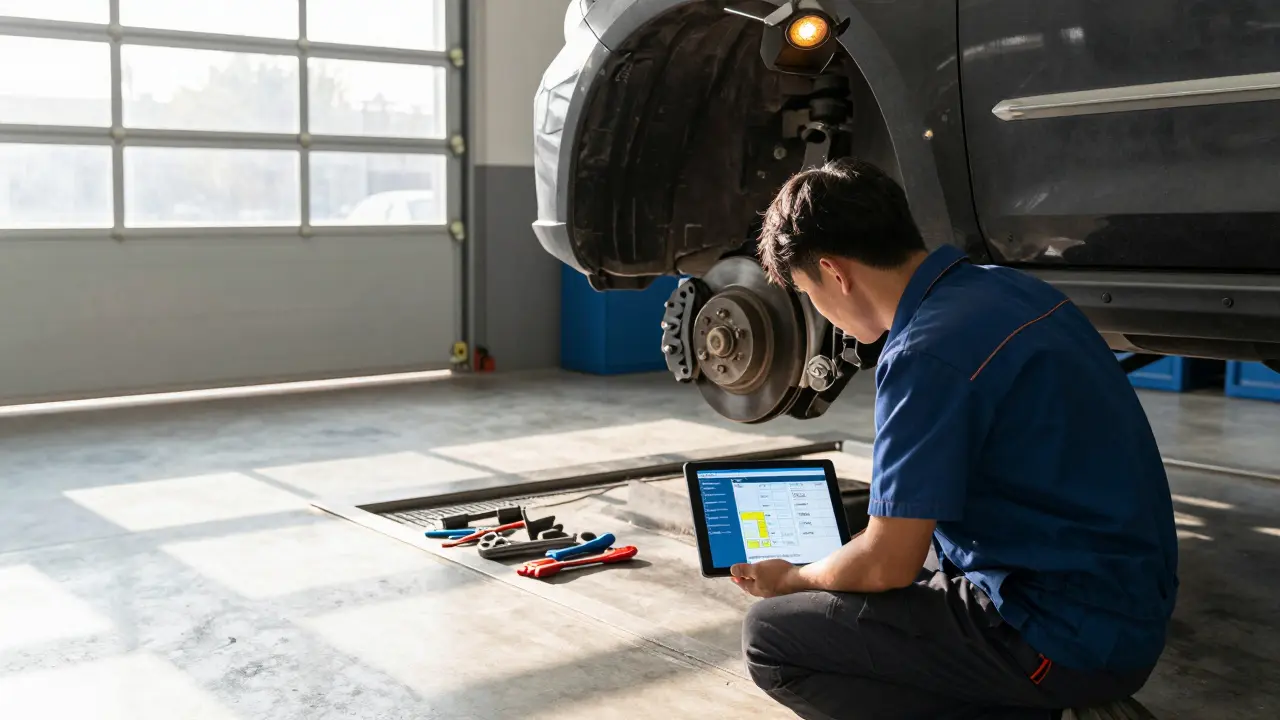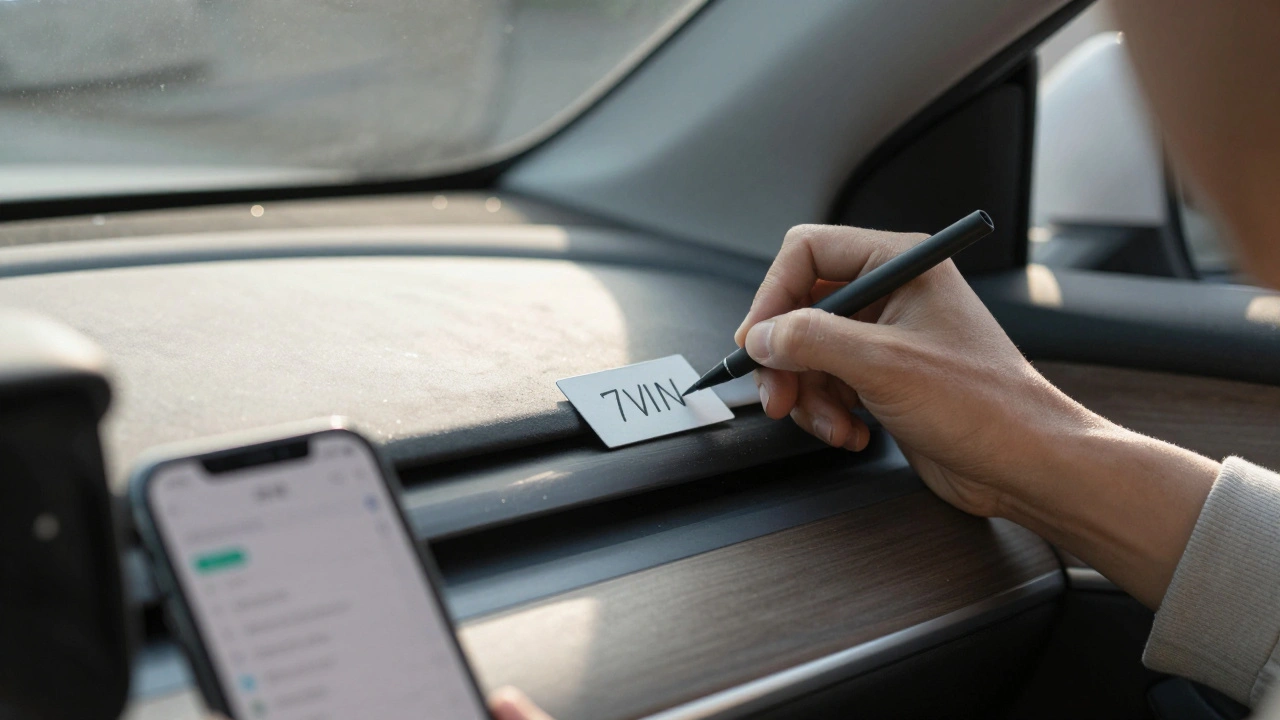EV vs hybrid: What the parts, costs, and maintenance really mean
Here’s a striking fact: an electric drivetrain has far fewer moving parts than a gasoline setup, and that changes everything from maintenance to repair bills. If you’re deciding between an EV and a hybrid, the choice often comes down to which parts you want to worry about, how you drive, and how long you plan to keep the car.
How powertrains change parts and upkeep
EVs use an electric motor, a big battery pack, an inverter, and an onboard charger. No oil changes, no timing belts, no spark plugs. That means routine upkeep focuses on brakes (less often thanks to regenerative braking), tires, suspension, and software updates. The expensive item is the battery pack — warranties usually cover it for 8–10 years, but replacement can be costly depending on capacity and age.
Hybrids combine a smaller battery and electric motor with a conventional engine, transmission (often a CVT), cooling systems, and exhaust gear like a catalytic converter. You still do oil changes and engine maintenance, plus occasional hybrid-specific checks (battery modules, power electronics, and the regenerative brake system). So you trade simpler routine care for more complex system overlap.
Real-world cost and convenience trade-offs
Short daily commutes and frequent city driving favor EVs: you avoid fuel stops and get lower routine service costs. Long highway drives or places with scarce chargers can make hybrids more practical — they give electric boost in town and gas backup on long trips. Charging also matters: EV owners should consider home Level 2 chargers for faster daily charging, while hybrids don’t need extra home gear unless you choose a plug-in model.
Battery health affects resale. For EVs, state of charge cycles and fast-charging habits influence long-term capacity. For hybrids, the smaller battery is cheaper to replace but still important for resale and performance. When shopping, check battery warranty, service history, and any diagnostic reports that show capacity or module replacements.
Want clear next steps? If you mostly drive under 50 miles a day and have home charging, an EV will likely save you money and hassle over time. If you regularly do long trips without reliable charging or need instant range flexibility, a hybrid or plug-in hybrid is a safer bet. Either way, focus on battery warranty, service records, and the availability of trained techs for the drivetrain you choose.
For deeper reading, check our articles on electric cars, manufacturing trends, and eco-friendly parts. Pages like “Electric Automobiles: Driving into the Future” and “Eco-Friendly Car Parts” break down batteries, chargers, and green upgrades in simple terms. Also look at guides on how car parts affect fuel efficiency and which parts influence resale value — they’ll help you spot smart upgrades and avoid costly mistakes.
If you want, tell me your daily mileage, charging access, and budget and I’ll help narrow the choice between EV, hybrid, or plug-in hybrid.

Automobiles in the Digital Age: 2025 Trends in EVs, Autonomy, and Software-Defined Cars
What’s next for cars in 2025? Clear answers on EV vs hybrid, autonomy you can trust, software updates, subscriptions, charging, costs, and privacy-without the hype.




